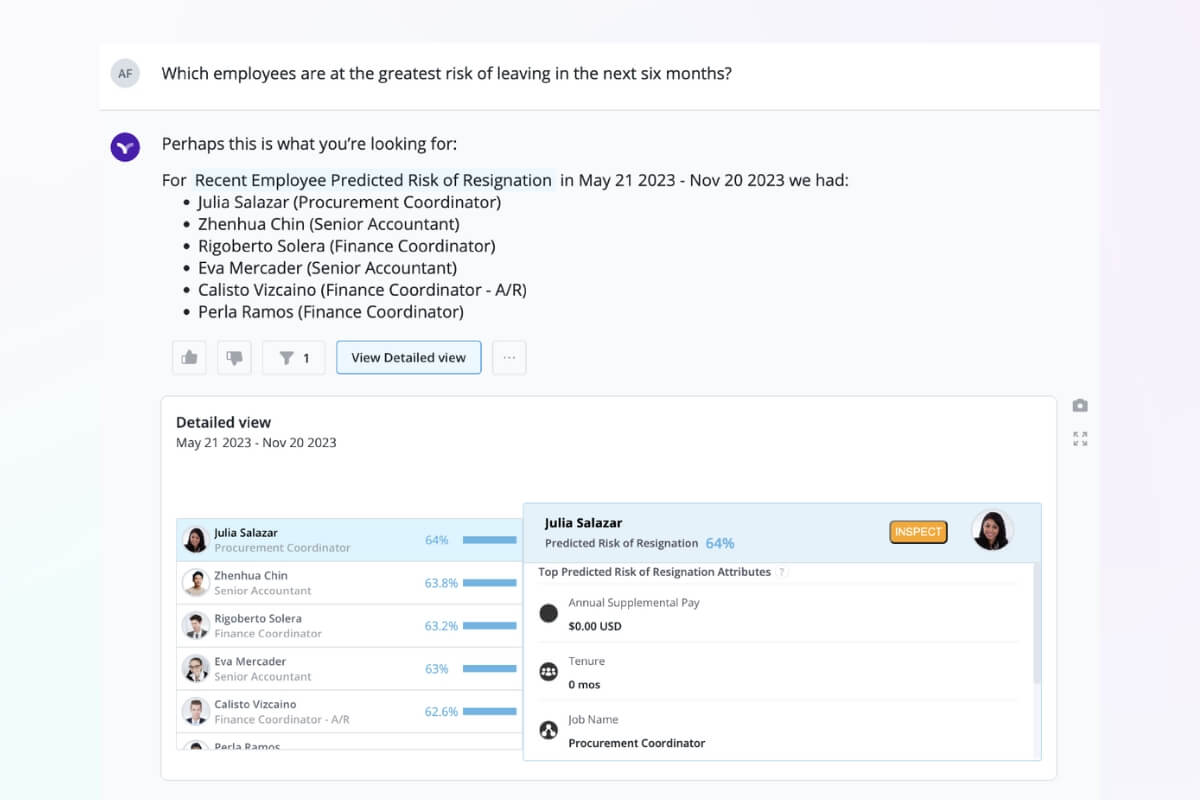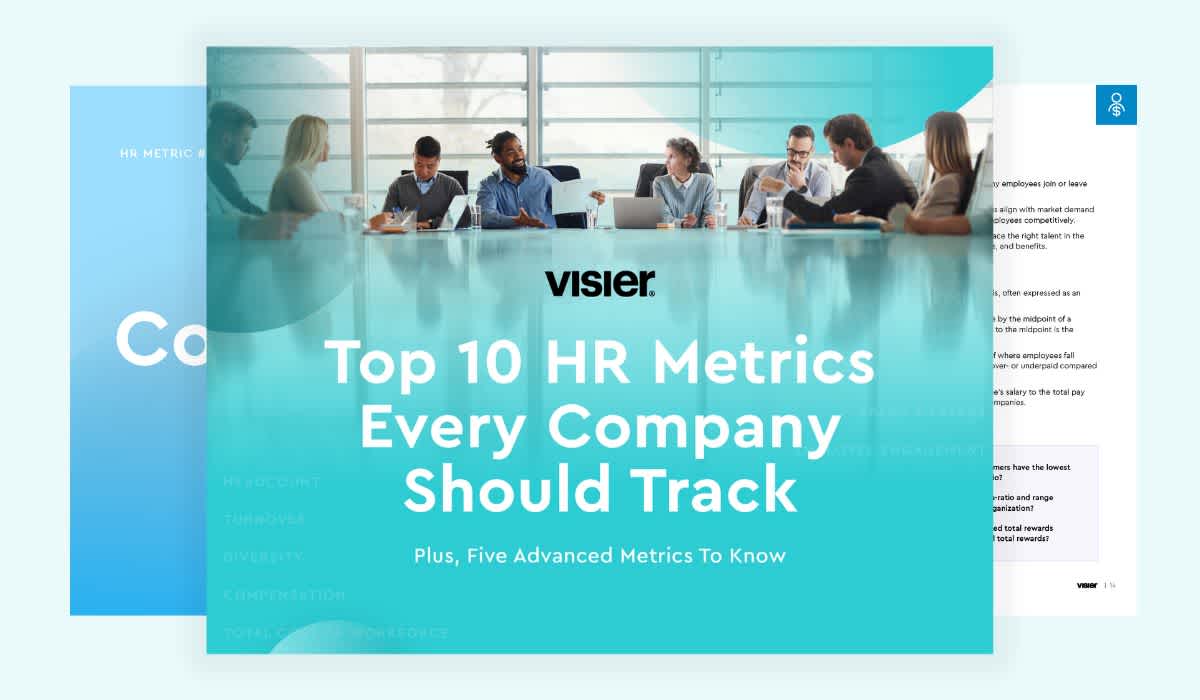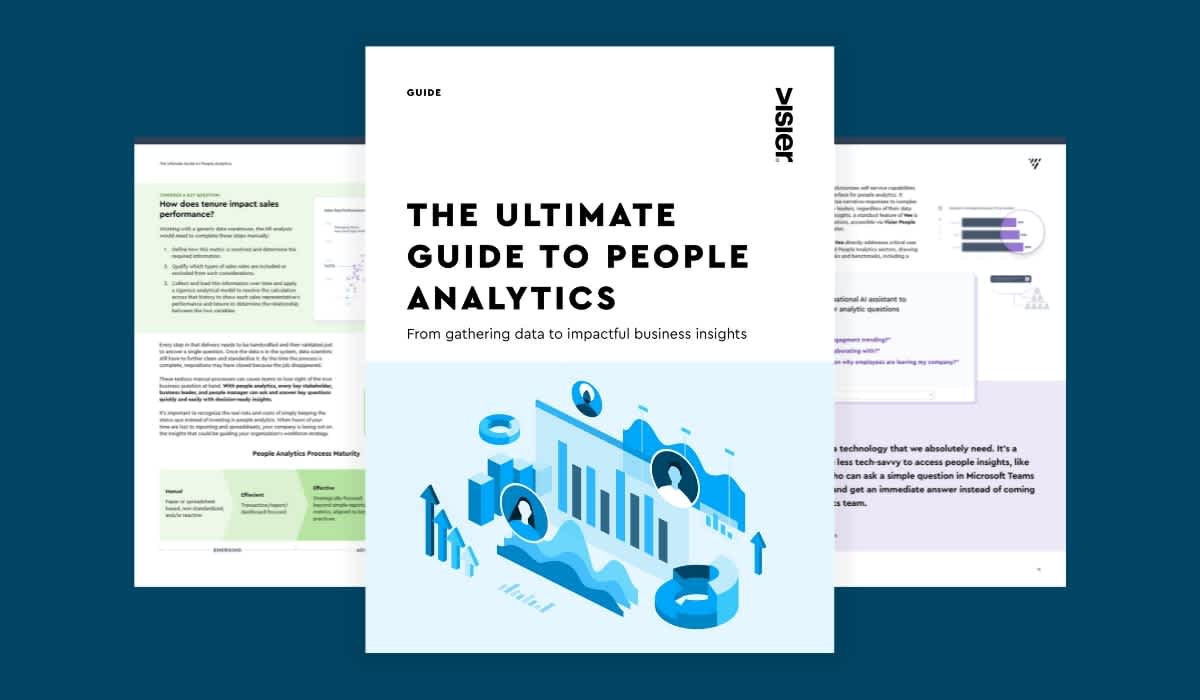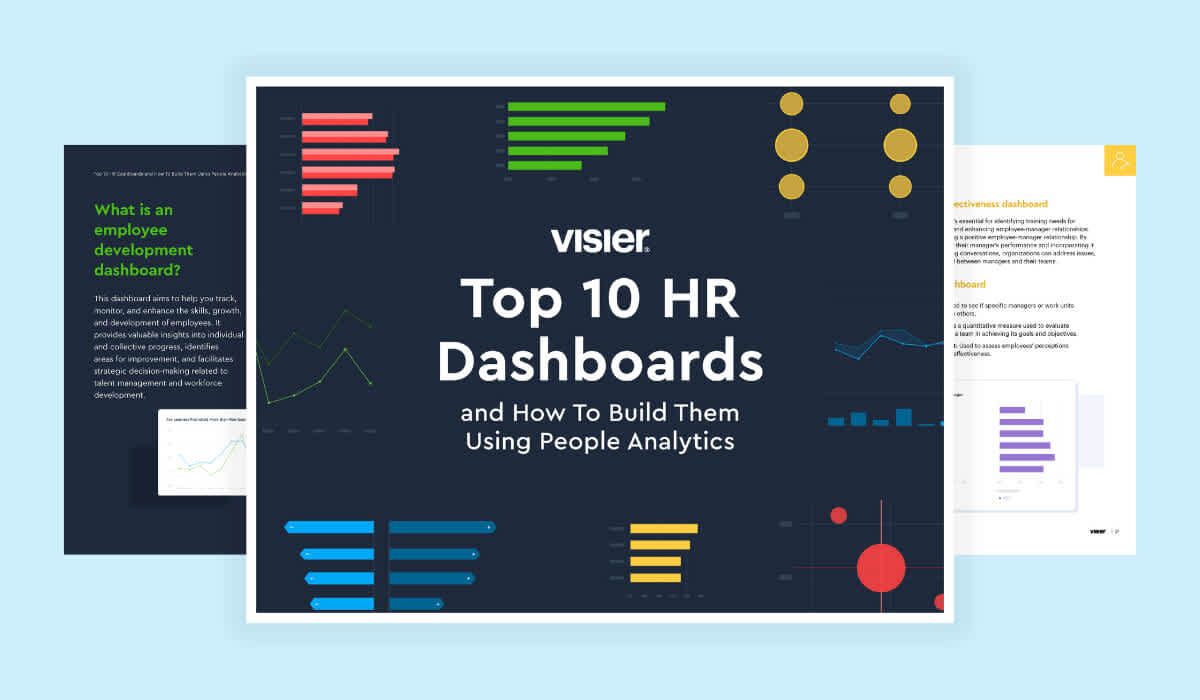Headcount Isn’t Enough. Net Talent Retention Is the Key Metric for HR’s Economic Value
Traditional HR metrics like headcount fail to capture true business impact. Read on to learn why net talent retention is the key to measuring HR’s economic value and how organizations can leverage it to drive business outcomes.

For decades, HR departments have relied heavily on headcount, performance, employee engagement, and workforce demographics as the primary metrics to showcase their value to businesses.
These metrics are often found on corporate websites and in financial disclosures like 10Ks and 10Qs. But can these HR metrics demonstrate HR's economic value for the business?
Does the economic value of the organization increase commensurately with an increase in any of these metrics?
With today’s tough market conditions, could there be a better metric to accurately measure HR contributions?
It’s time to rethink our traditional approach to measuring HR success and focus on a more nuanced metric that genuinely reflects the impact of HR efforts on business outcomes.

Say we double-click on headcount. You might often be tempted to see a simple measure of stability.
Low attrition is desirable, with countless whitepapers and seminars guiding how to engage employees to retain them. But perhaps this view means we’ll be overlooking the quality of talent within the organisation, precisely who is leaving, and the consequences of those departures.
So what should HR do?
Revisiting headcount calculations
Now, we’re not bashing headcount stability, as it has its place in the list of core HR metrics every organization should track.
Headcount represents the size of your workforce. It’s a factor that can help HR departments identify trends in workforce growth or decline. Still, if we were to use headcount as a metric, we’d have to apply a rigorous approach to the calculation.
It only makes sense to filter headcount to full-time equivalents and compare it to the larger body that might include interns and contractors among others. We should also take into account candidates who’ve accepted offers but haven’t yet started in their roles. Omit only employees who’ve received a notice or those on leave of absence as your corporate obligation to them may be discretionary.
Relying solely on these filters is surprisingly challenging without a robust people analytics solution and tying it out with finance efforts. I’ve worked for publicly traded companies that have initiated hiring freezes precisely because they couldn’t correctly calculate their obligations.
For the sake of argument, let’s say that true headcount is calculable and can serve as the foundation of a measure of economic value. What will that look like?
Introducing net talent retention
At Visier, we’ve been conducting extensive research into solving the HR economic value metric conundrum. During a recent conversation, I had the pleasure of having with Insight222's Managing Partner, David Green on the Digital HR Leaders podcast. I went deeper into this topic and shared insights on a key metric I believe is crucial for CHROs: Net talent retention.
"We've been interviewing some really interesting companies recently, and we're starting to move toward a metric definition that companies are not articulating this way but are starting to compose the elements of it... net talent retention."
Net talent retention goes beyond tracking the number of people coming and leaving an organization. It focuses on retaining top talent. These are individuals who directly impact revenue growth and propel the business forward.
Questions such high-performing organizations might ask include, “Who are my high performers who report to low-performing managers?” and “Which of my top talents are orphans?”. In this case, orphans refer to employees on a team who may feel they don’t belong there if they’re the only female, the only person of color, etc.
A top talent who feels isolated on a team is at high risk of departing the organization. That’s where net talent retention can be used to measure the effectiveness of an organization's strategies in keeping these most valuable employees engaged and satisfied.
Concepts such as network density, highlighted in Erin Meyer's book No Rules Rules, stress that retaining top talent strengthens an organization's core. On the opposite end, high turnover in this segment could signal a serious risk to business performance. This analysis provides a clearer picture of the company's attractiveness as an employer and the health of its workforce.
By focusing on net talent retention, HR leaders identify what factors contribute to the retention of their top performers and address any issues that may lead to their departure. It’s this very metric that aligns HR efforts with business objectives, helping demonstrate the tangible value that HR brings to the organization.

Bridging people data with business value
Net talent retention is a prime example of how you can align HR metrics with business objectives. By measuring the retention of top talent, organizations gain insights into the effectiveness of their people strategies in supporting revenue growth and achieving business goals.
However, demonstrating net talent retention requires more than just focusing on the retention of top talent. To illustrate net talent retention's business impact, HR must assign a monetary value. Partnering with finance teams becomes crucial here.
During the podcast talk, I highlighted a boutique jewelry organization as an excellent example of HR, finance, and sales working together to measure HR metrics in relation to business outcomes.
"They pull employee engagement data—how is this team at this boutique working together? They pull training data—what have we enabled this team to sell? Then they look at the actual proceeds from the till of each boutique and same-door sales by this team with this training, all with the intention to maximise yield."
This organisation is looking beyond how many people are completing the training—a likely worthless metric. They’re looking at how employee training is affecting the bottom line, integrating multiple sources of data into one single source of truth to truly measure the impact of HR retention efforts on business outcomes.
Building a strong people data strategy
To prove HR's economic value to a business, there needs to be a magnifying glass looking at how we optimize the workforce to maximize revenue.
This requires a strong people data strategy that links people data to multiple facets and data points of the organization. Visier's analytics platform supports organizations in implementing such a strategy by consolidating HR and business data from across the organization.
Some of the key features include:
Unified data platform: Visier consolidates data from various HR and business systems (sales, service, IT, etc.), providing a holistic view of the workforce’s impact on business.
Advanced analytics and reporting: With Visier, organizations access pre-built analytics, predictions, and customizable reports that offer insights into top talent, turnover rates, and the effectiveness of retention strategies on top talent.
Predictive analytics: Visier's platform includes predictive capabilities that help identify employees at risk of leaving, allowing HR to proactively address top retention challenges.
User-friendly interface: Visier's AI assistant, Vee, democratizes data access by making it easy for managers and HR professionals alike to interact with people analytics.

Net talent retention is just one example of how aligning HR efforts with business objectives brings tangible benefits. As more organizations recognize the importance of this alignment, we may see a shift in the traditional role of HRBPs. They’ll likely feel empowered by technology, using data to make strategic decisions to increase talent density and thereby drive corporate performance.
Listen to the complete podcast conversation to learn more about how HR can prepare for AI-driven talent restructuring and lead the digital transformation.
Looking at the future: Embracing net talent retention for HR transformation
As organizations move toward a data-driven future, HR should also shift beyond traditional metrics like headcount. By adopting net talent retention, HR leaders can align their efforts with business objectives and showcase the direct impact of their strategies on revenue growth and organizational performance.
Want to learn more about how Visier can help? Book a demo to see how our people analytics platform can empower your HR and management team to drive positive business results.



